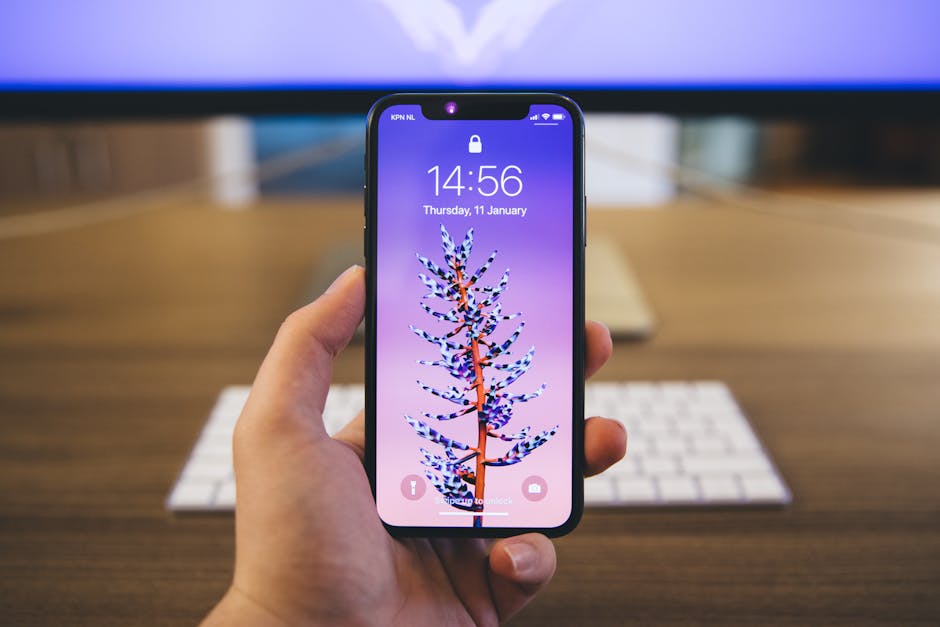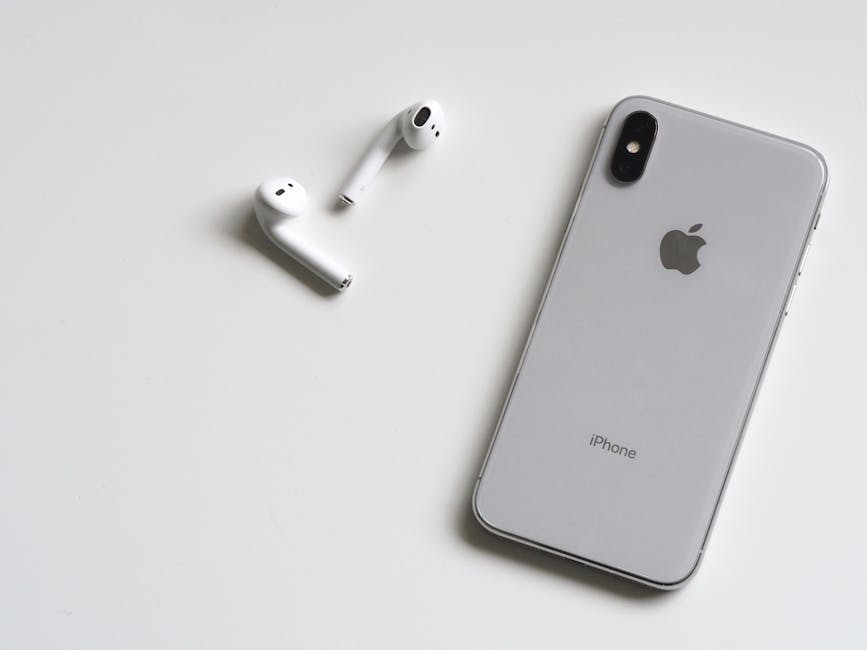Knowing how to find lost Android phone is a crucial skill in today’s digital world, as our smartphones hold so much of our personal and professional lives. This guide provides detailed steps and tips to help you locate your missing device quickly and securely, minimizing the stress of a lost phone. We’ll explore various methods, from using built-in features to leveraging third-party apps, ensuring you have the tools to recover your Android phone.
Using Google’s Find My Device to Locate Your Android Phone
Google’s Find My Device is often the first and most reliable method for tracking a lost Android. It’s a free service integrated directly into your Google account and can be accessed through a web browser or a dedicated app. To use it effectively, ensure Find My Device is enabled before your phone goes missing.
Enabling Find My Device
To enable Find My Device, follow these steps:
- Open your phone’s Settings app.
- Navigate to Security (or Security & Location).
- Tap on Find My Device.
- Toggle the switch to enable Find My Device. Also, make sure “Send last known location” is turned on.
With Find My Device enabled, you can remotely locate, lock, or erase your phone if it’s lost or stolen.
Steps to Find Your Lost Phone Using Find My Device
Once you’ve confirmed that Find My Device is active, here’s how to use it to locate your phone:
- Access Find My Device: Go to android.com/find in a web browser on another device (computer, tablet, or another phone) or use the Find My Device app on another Android device.
- Sign In: Sign in with the Google account that is linked to your lost Android phone.
- Select Your Device: If you have multiple Android devices connected to your account, select the specific phone you’re trying to locate.
- Choose an Action: Once your phone is selected, you’ll see several options:
Play Sound: This will make your phone ring at full volume for five minutes, even if it’s set to silent. This is helpful if you suspect your phone is nearby, perhaps lost in your house or office. Secure Device: This option locks your phone with your PIN, pattern, or password. You can also display a message and phone number on the lock screen to help someone return it to you. Erase Device: This permanently deletes all data from your phone. Use this option only as a last resort, as it cannot be undone. Before erasing, try all other methods to find your device.
Important Considerations:
Find My Device requires that your phone is turned on and connected to the internet (either Wi-Fi or mobile data) to function.
- Location services must be enabled on your phone for accurate tracking.
Alternative Methods to Track Your Lost Android
While Google’s Find My Device is the primary tool, other methods can assist in finding your lost Android phone. These alternatives are particularly useful if Find My Device isn’t working or if you need additional options.
Using Your Google Account Activity
Your Google account can sometimes provide clues about your phone’s last known location. By checking your Google account activity, you might find location history data that pinpoints where your phone was last used.
- Access Your Google Account: Go to myaccount.google.com and sign in.
- Activity Controls: Navigate to “Activity controls.”
- Location History: Check if Location History is enabled. If it is, you can view a timeline of your phone’s locations.
- Review Recent Activity: Look for any recent location data that might indicate where your phone was last.
Checking Google Maps Timeline
If you have Location History enabled in Google Maps, you can view a timeline of your movements, which might include the location of your lost phone.
- Open Google Maps: Open the Google Maps app (or visit maps.google.com in a browser).
- Your Timeline: Tap on your profile picture and select “Your timeline.”
- Select a Date: Choose the date your phone went missing.
- Review Your Movements: Google Maps will show your movements on that day, which might help you recall where you last had your phone.
Contacting Your Mobile Carrier
Your mobile carrier may offer location services that can help you track your lost phone. Contact your carrier’s customer support to inquire about these options. They might be able to provide location data or remotely lock or wipe your phone.
Preventing Future Loss: Proactive Steps
Prevention is always better than cure. Taking proactive steps can significantly increase your chances of recovering your phone if it’s ever lost or stolen.
Securing Your Phone with a Strong Password or PIN
A strong password or PIN is the first line of defense against unauthorized access to your phone. Choose a password that is difficult to guess and avoid using easily identifiable information like your birthday or address. Consider using a biometric lock, such as a fingerprint or facial recognition, for added security.
Installing a Security App
Several third-party security apps offer advanced features for tracking, locking, and wiping your phone remotely. These apps often provide features beyond what Google’s Find My Device offers, such as taking photos of the person using your phone or sounding an alarm even if the phone is on silent.
Backing Up Your Data Regularly
Regularly backing up your data ensures that you won’t lose important information if your phone is lost or stolen. Use Google’s backup service or a third-party backup app to create a copy of your photos, contacts, messages, and other important files.
Enabling Location Services
While enabling location services can raise privacy concerns, it’s essential for using Find My Device and other location-based services. Ensure that location services are enabled on your phone and that Google has permission to access your location data.
Keeping Your Phone’s Software Updated
Keeping your phone’s software updated is crucial for security. Software updates often include security patches that protect your phone from vulnerabilities that could be exploited by thieves.
What to Do If You Suspect Your Phone Has Been Stolen
If you suspect your phone has been stolen, take the following steps immediately:
- Report the Theft to the Police: File a police report as soon as possible. This is important for insurance purposes and can help law enforcement track down your phone.
- Change Your Passwords: Change the passwords for all your important accounts, including your Google account, email accounts, and social media accounts. This will prevent the thief from accessing your personal information.
- Contact Your Bank and Credit Card Companies: If you have banking or credit card information stored on your phone, contact your bank and credit card companies to report the theft and request new cards.
- Erase Your Device Remotely: If you’re unable to recover your phone, erase it remotely using Find My Device to protect your data.
Additional Sources and References
Finding a Lost Android Phone: The Importance of Preparation
Understanding how to find your lost Android phone starts with preparation. Enabling Find My Device and other security features before your phone goes missing is crucial for a successful recovery. By taking proactive steps to secure your phone and protect your data, you can minimize the impact of a lost or stolen device.
Remember to regularly back up your data, use a strong password, and keep your phone’s software updated. These simple steps can make a big difference in protecting your personal information and increasing your chances of recovering your lost Android phone.






